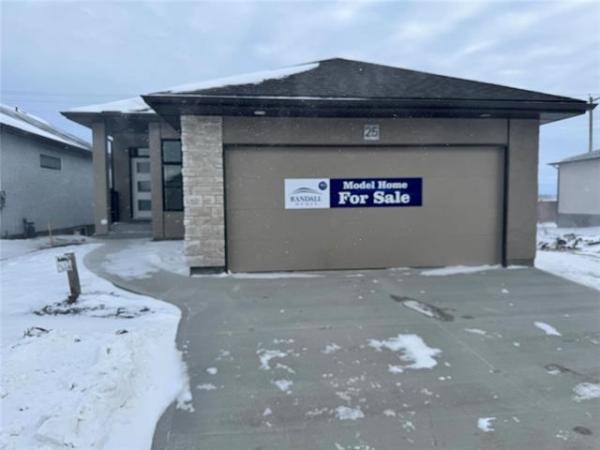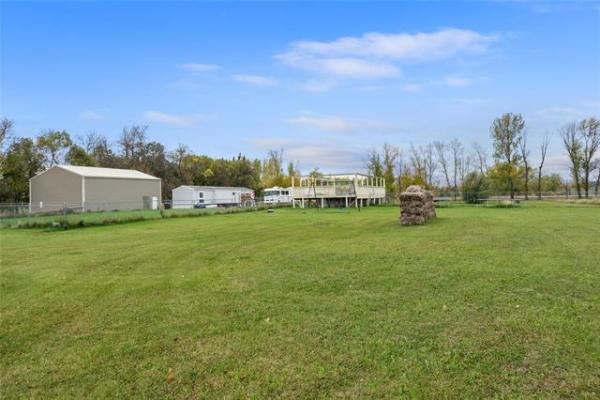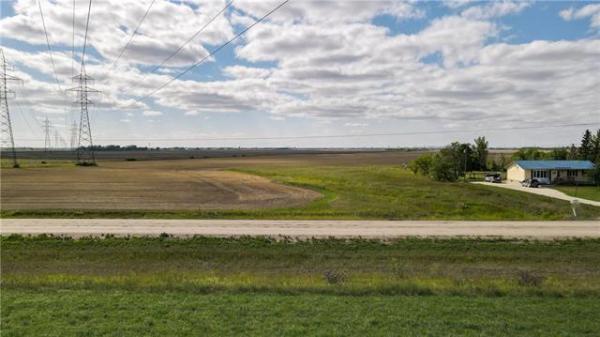Question: I’m writing to enquire about aluminum wiring. It was permitted by code to be installed in many apartments and homes during the 1970s and today is even used by Manitoba Hydro for heavy gauge service cables. Insurers love to add a few zeros to their quotes when insuring a home with it. As many homes from that era are attached, apartments, row housing and side-by-sides, many homeowners are unable to do any rewiring work on their own homes. Electricians also love to add similar zeros when asked to mitigate it in an attached residence. It also has to be declared on a real estate condition report when buying or selling a home.
Just what is wrong with it? Does a home require complete rewiring and what is the most economical way to resolve it? Aluminum seems to be a pariah, almost as bad as asbestos! I’d love to see your comments published. Thank you,
Bob Sales.
Answer: Aluminum wiring issues have been known for decades, but have recently been targeted by the insurance industry. Most homes may only require inspection and modification to all junctions by a licensed electrician, but others may require additional repairs to satisfy local electrical safety standards and specific insurer’s criteria.
Aluminum wiring was commonly used for branch circuit wiring in residential construction from the mid-60s to the mid-70s. In our area, I normally see it in homes built between 1967 and 1972-74. The reason for its use was economics, as it was less costly than copper wiring. It is also lighter than copper, but does not conduct electricity as well. For that reason, aluminum wire is typically one size larger than its copper counterpart, for the same amperage circuit. It is often easily identified by the larger, silver coloured wiring and AL or Aluminum stamps on the plastic or cloth sheathing. It fell out of favour with builders due to several fire safety related issues.
You are correct that aluminium is still used today in several applications, particularly larger cables. This is due to the weight relative to copper wiring. Larger cables, often used by public utilities for outdoor use, can be quite difficult to transport and install in certain applications. Using aluminum wiring has that benefit, as well as its resistance to corrosion.
The main problem with aluminum wiring used in residential applications is found at duplex receptacles. Some of the original receptacles rated for aluminium (AL/CU) had issues with corrosion due to incompatibility between the alloys used in the receptacles and the aluminum wire. When this corrosion occurs in sufficient amounts, small gaps may develop between the wire conductors and the receptacle, where the bolts hold the wires. When the receptacle is powered, this can cause arcing, which will often lead to overheating, melted wire sheathing, and fires at the point of the junction. Fire prevention is the reason for required remediation of aluminum wiring, whether mandated by insurance providers, or others. Newer receptacles were developed (CO/ALR) which help prevent this issue, but may still be subject to overheating and arcing in some circumstances. It is rare that the main sections of the wiring are the cause of overheating, unless it has been damaged. For this reason, it is normally not required to remove large sections of wire, unless pervasive overheating is found.
While receptacles are the main culprits, the same issue could occur at other electrical devices and fixtures. Circuit breakers and electrical panels are probably the second most common location to find evidence of overheated wiring. I have inspected several electrical panels where corrosion and/or melted sheathing is seen, primarily at the neutral bus, but also at the breakers. Often, this is visible at the larger cables, which are required to be coated in anti-oxidant paste at all connections. This paste, often called grease, remains pliable and insulates connections and exposed wiring from exposure to air, and should last for many years. This helps prevent both corrosion and arcing at junctions and may even be used in upgrades at all connections, even with smaller wires. When this paste is absent, serious defects are much more likely.
Some electricians believe that many of the issues with aluminum wire occur due to poor installation techniques. Because the wiring is much softer than copper, it can easily be compressed when tightening bolts at receptacles, switches, and other fixtures. If it is squished flat and then bent to fit into a junction box, it may become much thinner, or even cracked, near the connection point. Also, overtightening of the wire inside wire nut connectors can have the same result. Both are a recipe for arcing, and several of the melted wires I have found attached to receptacles appear to have this defect. Regardless, remediation typically incudes removal of the damaged section of wire, replacement of the electrical device or fixture, and repairs using anti-oxidant paste and properly rated devices. Often, pig-tailing is done, where a short section of copper wire is bolted to the fixture, with the other end connected to the aluminum wire, using properly rated wire nuts and grease.
All homes built with aluminum wiring should have the electrical panels and all duplex receptacles inspected, to ensure they have properly rated devices and have no evidence of overheating or excessive corrosion. If problems are found in those areas, a more thorough inspection of all the connections should be undertaken, and repairs done by a licensed Red Seal electrician. Insurance companies may require either of these approaches, along with a signed letter from the electrician, to fully cover a home after purchase or when issuing a new policy.
Ari Marantz is the owner of Trained Eye Home Inspection Ltd. and a Registered Home Inspector (RHI)(cahpi.ca). Questions can be emailed to the address below. Ari can be reached at 204-291-5358 or check out his website at trainedeye.ca.
trainedeye@iname.com



